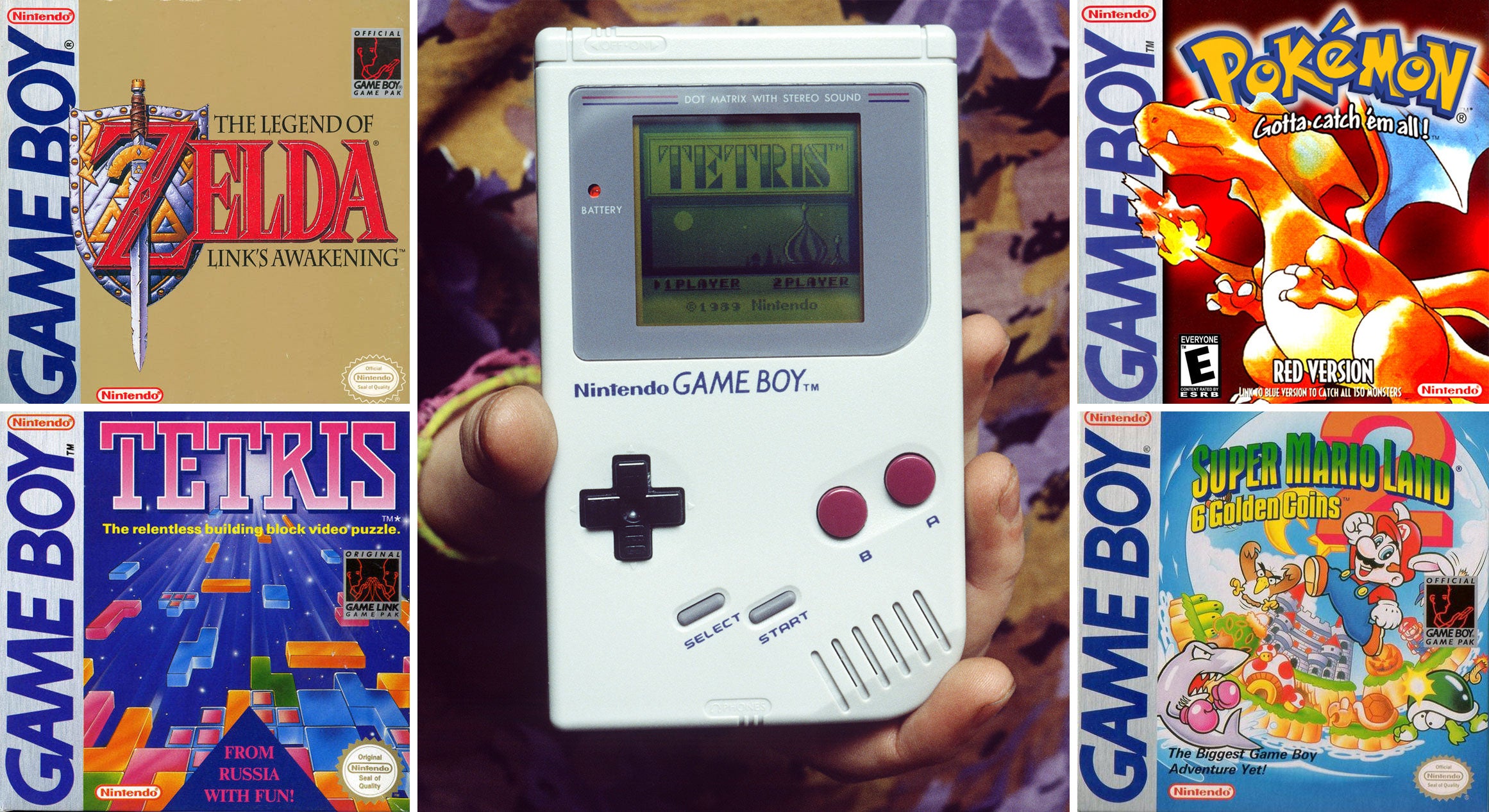The Game Boy turns 25: How a 'grey brick' took over the world of portable gaming
First released on 21 April 1989, the original Game Boy line-up has since sold nearly 118 million units and spawned legendary titles from Tetris to Pokemon

Twenty five years ago today Nintendo launched the Game Boy, the first handheld games console to achieve mainstream success and a device that would lay the foundation for today’s world of portable gaming.
Although it wasn’t the very first of its kind (the 1979 Microvision and its 16x16 resolution screen take that honour) the Game Boy certainly did more than any other device to popularize the concept of interchangeable cartridges that were central to the success of portable gaming.
When the original Game Boy was released on 21 April 1989, single-game devices from companies like Tiger Electronics were the norm, and these had already been overshadowed by the variety on offer from 8-bit home consoles like the NES.
Making this sort of variety available on the go while removing the need to take control of the TV meant that gaming became more personal and more involved, with expansive titles like The Legend of Zelda: Link’s Awakening and Pokémon Red and Blue allowing players to achieve that ultimate cliché of 'entering another world’.
The Game Boy and its 1998 successor the Game Boy Color also used peripherals to their advantage, adding extra functionality that would let portable gaming leapfrog home devices.
Long before the internet would enable multiplayer and online collaboration, Nintendo’s Link Cable was letting gamers hook their systems up together for everything from head-to-head games of Tetris to hard-fought pokémon trades. Four and even 16-player titles were also available – even if getting together the requisite cables and consoles was beyond the reach of most gamers.
With the Game Boy, Nintendo also proved that it could look beyond the world of purely virtual entertainment in a manner that still stumps its competitors. Peripherals like the front-facing Game Boy Camera and pleasingly lo-res Game Boy Printer were the spiritual predecessors of the Nintendo Wii - combining gaming mechanics with ‘real-world’ escapades.
The Game Boy was also notable for being an early success in crossing the gender divide in the industry. In 1995 Nintendo of America announced that just under half (46 per cent) of Game Boy players were female –beating previous divides for both the NES (29 per cent) and the SNES (14 per cent).
And then, of course, there were the games themselves. Although the Game Boy launched with world-beating puzzler Tetris (the best-selling title on the system) as well as the first hand-held port of Nintendo’s favourite plumber via Super Mario Land, recent phenomenon such as the crowd-sourced multiplayer mayhem of ‘Twitch plays Pokémon’ show that the cultural impact of the Game Boy has not been diminished.
After the dust had settled and the Game Boy Color was discontinued in 2003, the original Game Boy line-up (including the Light and the Pocket) had clocked up more 118 million sale worldwide. It's an impressive number but one that was still beaten by Nintendo's dual-screened DS range, which has since cleared more than 154 million units to date.
With smartphones and tablets continuing to undermine Nintendo’s already precarious market share, it's possible that we might never see the Japanese giant regain its crown as king of hand-held gaming but thanks to the evocative memories of those early games and the availability of ports and emulators (some legal and some less so) it’s certain that the legend of the Game Boy will live on for years to come.
Join our commenting forum
Join thought-provoking conversations, follow other Independent readers and see their replies
Comments